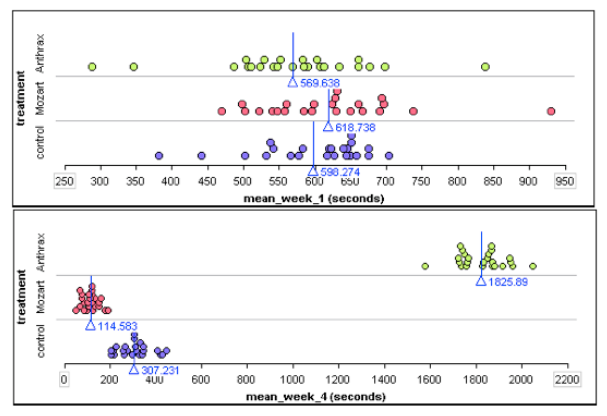Impacts of Employee Orientation on Job Satisfaction Research Paper
Final research paper, usually related to the previously submitted research proposal (but could be unrelated).
A typical paper structure would be the following — but feel free to deviate from this if it doesn’t seem to fit your research project well.
Abstract – executive (roughly 150 word) summary of the entire paper (2 marks)
I. Introduction – what is the research project about? (2 marks)
II. Motivation – why is this topic important? (2 marks)
III. Background – what background knowledge do we need to understand the research? (2 marks)
IV. Research Method – introducing research questions and methods for data collection and analysis
IV.A Research Questions – what is your research question / are your research questions? (3 marks)
IV.B Data Collection – what data did you collect (describe in enough detail that somebody else could reproduce)? (5 marks)
IV.C Data Analysis – how did you analyse this data (describe in enough detail that somebody else could reproduce)? (5 marks)
V. Findings – what did you find, i.e., what is the answer to your research question(s)? (3 marks)
VI. Discussion – how do you interpret the findings? This is where you can speculate a bit. (2 marks)
VII. Threats to Validity – what threats affect the validity of your findings? (7 marks)
VIII. Related Work – how does your research fit in with other researchers’ work? (3 marks)
IX. Conclusions – a quick summary and concluding remarks (2 marks)
X. Future Work – what should others do next based on your work? (2 marks)
References – at least 15


 Talk to us support@bestqualitywriters.com
Talk to us support@bestqualitywriters.com